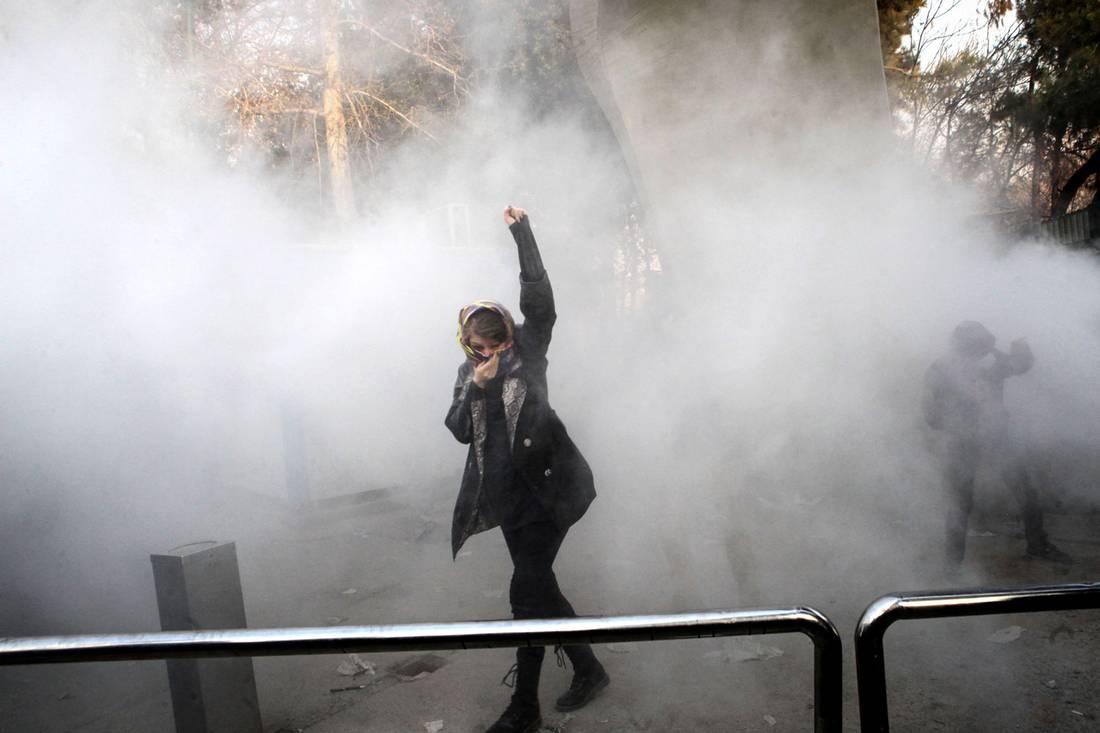Iran says it lured home and arrested exiled journalist who supported 2018 unrest

The Islamic Revolutionary Guard Corps (IRGC) has returned to Iran and detained a Paris-based journalist living in exile who, according to them, fuelled anti-government street protests last year, Iranian state broadcaster reported on Monday.
Ruhollah Zam, a journalist turned activist, had more than a million followers on social media and headed up a website called Amadnews that posted sensitive information and videos of Iranian officials.
Zam's capture was a "complex operation using intelligence deception", the IRGC said in a statement carried by the channel.
It did not say where the operation took place, but appeared to suggest he was detained in Iran, saying he was held after being "guided into the country".
"Despite being under the guidance of the French intelligence service and under the protection of the US and Zionist [Israeli] intelligence services, he was trapped by the Revolutionary Guard intelligence service," the statement said.
New MEE newsletter: Jerusalem Dispatch
Sign up to get the latest insights and analysis on Israel-Palestine, alongside Turkey Unpacked and other MEE newsletters
Amadnews was suspended by the messaging app Telegram last year after Iran accused it of carrying calls for violence during protests that started in late 2017 and continued across the country.
But the channel soon reappeared under a new name.
Telegram, set up by a Russian company, has been widely used by Iranian state media, politicians and companies. It has an estimated 40 million users in Iran and is the ninth most popular messaging app globally.
Iranian officials have been encouraging people to use domestic alternatives to Telegram. But many Iranians are reluctant to use domestic apps, fearing they could be used by security services to spy on them.
Iran’s authorities have claimed foreigners were behind unrest, which started off as protests against corruption and economic conditions but turned into nationwide political rallies and riots.
According to officials, 21 people were killed during the unrest, the boldest challenge to Iran’s leadership since 2009.
The statement added that Zam’s arrest was a victory of the Guard's intelligence forces over western intelligence.
Zam's Telegram channel was apparently hacked and a message of his arrest went to its subscribers.
Middle East Eye delivers independent and unrivalled coverage and analysis of the Middle East, North Africa and beyond. To learn more about republishing this content and the associated fees, please fill out this form. More about MEE can be found here.





